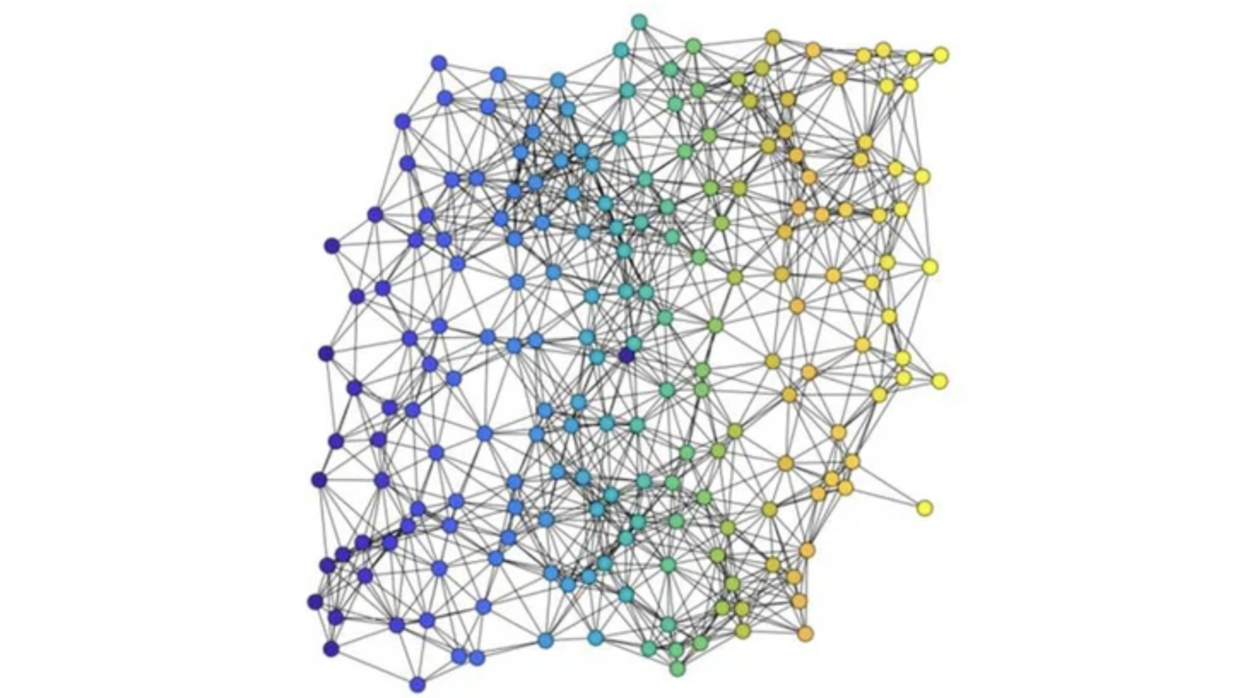Topological Analysis of 2D Cell Networks

Radiation therapy (RT) is now considered to be a main component of cancer therapy, alongside surgery, chemotherapy, and monoclonal antibody-based immunotherapy. In RT, cancer tissues are exposed to ionizing radiation causing the death of malignant cells and favoring cancer regression. However, the efficiency of RT may be hampered by cell-radioresistance (RR) - that is a feature of tumor cells of withstanding RT. To improve the RT performance, it is decisive developing methods that can help to quantify cell sensitivity to radiation. In acknowledgement of the fact that none of the existing methods to assess RR are based on cell graphs topology, in this work we have examined how 2D cell networks behave in response to doses of ionizing radiation ranging from 0 to 8 Gy. We measured the structure of resulting cell-graphs using well-assessed networks-analysis metrics, such as the clustering coefficient (c), the characteristic path length (cpl), and the small world coefficient (SW). Findings of the work illustrate that the clustering characteristics of cell-networks show a marked sensitivity to the dose and cell line. Future efforts will focus on exploiting capabilities of Artificial Intelligence algorithms to automatically predict cell radioresistance from images.

